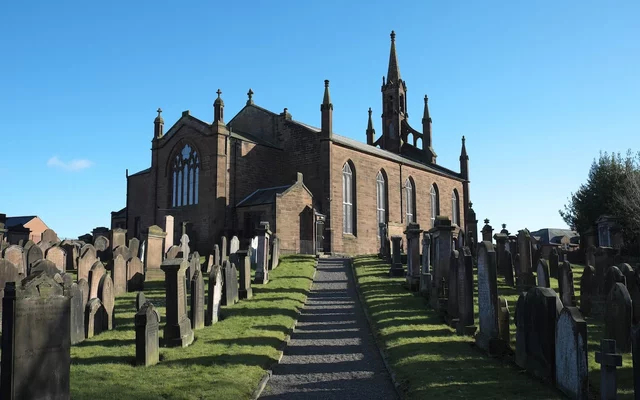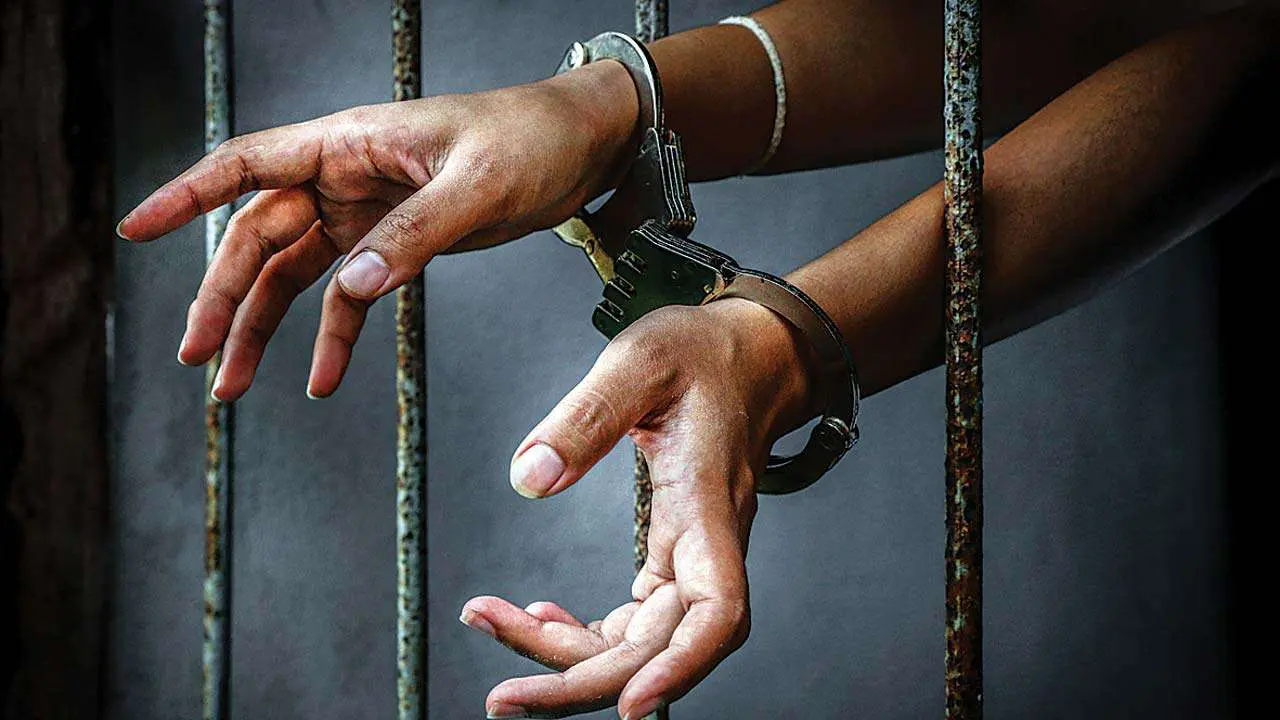
The Church of Scotland is liquidating one hundred ancient structures to raise money following a sharp drop in clergy and congregants.
In what the Church has called a “painful” step, churches, land lots, and old council houses—some of which date back to the 1700s—have been put up for sale at prices starting at £35,000.
The organization stated that it currently owns “far more [churches] than is required” and that financial constraints had forced it to make “difficult” decisions about its future.
According to figures from the most recent census, the Church of Scotland has lost a million members since 2001, and the majority of Scots now identify as nonreligious.
It is also battling a decline in the number of clergy members. The Church disclosed 2022 that it has lost forty percent of its ministers since 2000.
The Church hopes that by removing its centuries-old, energy-draining structures, it would be able to “reduce the pressure on congregational finances.”
A Church of Scotland spokesman said: “We understand fully the wide range of emotions – anger, guilt, sorrow and relief that the burden of trying to keep a place of worship open with few people and little, if any, contribution from other community sources, has finally been lifted.
“The Church owns thousands of properties, far more than required to achieve our primary mission of sharing the good news of Jesus Christ.
“It is going through a transformation, and it is essential that the Church is properly equipped to be fit for purpose in the 21st century. Although buildings are cherished, they must not hinder progress.”
A charming church in Laggan, Inverness-shire, is up for bids over £35,000, and the neo-gothic St. Mary’s Greyfriars in Dumfries is out for bids over £38,000. Both historic buildings are on the market.
The striking town church, which will close to worshippers on Thursday, is just 594 square metres in size and costs a small portion of the £165,000 average house price in the neighbourhood. Nevertheless, with the lowest EPC score of G, its energy performance is appalling, much like most churches on the market.
The most expensive house for sale is the renowned St Marks in the centre of Aberdeen, advertised for £390,000. Kirkinner Church (£40,000) in Dumfries and Galloway and Kirknewton Church (£215,000) in West Lothian are two more houses of worship that are up for auction.
After announcing its intention to reduce its portfolio drastically, the Church has come under fire for allegedly forcing rural residents to make long commutes to adjacent parishes, which is considered disrespectful.
After being put up for sale, the 900-year-old Birnie Kirk in Moray generated controversy when it closed last year. One of Scotland’s oldest churches, the ancient one, is not now for sale but will be freed from ownership by 2027.
“The patterns of Church life have changed over the decades and we recognise that the speed and pace of the change has been difficult, challenging and a painful experience for man,” a spokesman said.
According to the Church, the structures “have the potential to be used for a variety of different purposes,” including residential, recreational, and educational settings.
However, prospective buyers were cautioned by Andrew Boast of SAM Conveyancing, a panel of surveyors and solicitors.
“No matter how enticing they may seem, you should err on the side of caution and not get too caught up in the excitement as churches can be far more tricky than the listing lets on,” he said.
“Churches are notoriously chilly and good at losing heat, making them tricky and expensive to keep warm.
“Converting them to residential or commercial buildings will involve navigating a complex maze of planning regulations and legal requirements – not to mention issues with conservation or significant historical statuses.”
Mr. Boast said works will likely be “met with a lot of bureaucratic red tape,” leading to lengthy delays and additional costs.
Emma Myrie of specialist insurer Homeprotect echoes his thoughts: “A church or chapel may seem like a bargain based on the sale price alone, but factoring in the challenges around conversion, maintenance and upkeep could make it a false economy.”
The Church of England says it closes roughly 20 churches each year. Most properties listed for sale right now are in the nation’s north.
Less than half of people in England and Wales (46%) identify as Christians, according to the results of the 2021 census. This is a 13 percent decline from the 2011 poll.
Even while the decline is abrupt, it is not as severe as in Scotland, where barely 20% of people identify as Christians.
Please don’t forget to “Allow the notification” so you will be the first to get our gist when we publish it.
Drop your comment in the section below, and don’t forget to share the post.


![What you need to know about Doris Ogah crowned Miss Nigeria 2024 [VIDEO]](https://zingtie.com/wp-content/uploads/2024/12/Doris-Ogah.webp)


